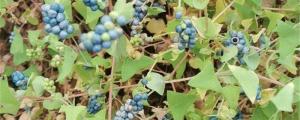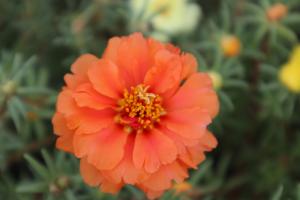Introduction
Seed plants refer to all plants that produce seeds for reproduction. They are divided into two major groups, namely angiosperms (flowering plants) and gymnosperms (non-flowering plants). While flowering plants require pollination to produce seeds, gymnosperms, such as pines and spruces, do not require water for fertilization. In this article, we explore why seed plants do not need water for fertilization, using gymnosperms as a case study.
The Cones of Gymnosperms
Gymnosperms reproduce through the use of cones. Cones are structures that house the reproductive structures of the plant. They occur in male and female forms. While the male cones essentially serve as pollen producers, the female cones are the reproductive structures that eventually produce the seeds. Male cones are usually smaller, less conspicuous, and often clustered together in groups. Female cones, on the other hand, are larger, more conspicuous, and can be found either singly or in small clusters. To fertilize the female cones, pollen from the male cones is transported to the female cones, but this does not require water.
The Pollination Process
The pollination process of gymnosperms is carried out in several ways. In some cases, the wind carries the pollen grains from the male cones of one plant to the female cones of another plant. In other cases, small insects, such as beetles or bees, visit the male cones to feed on the nutritious tissues there, inadvertently picking up some pollen grains in the process. When they later visit the female cones in search of more food, they may pollinate them with the deposited pollen. There are also interesting cases where bird or mammal pollination occurs. In general, gymnosperms have evolved to survive in environments where water may not always be present for fertilization to take place.
The Role of Pollen
Pollen plays a crucial role in the fertilization of seed plants. It is made up of very small grains that contain the male gametes of the plant. These gametes are the sperm cells that are transferred to the female gametes in the ovules, where they eventually fuse to form a zygote. The zygote then develops into the embryo, which is the structure that will eventually grow into a mature seedling. In the case of gymnosperms, the pollen is protected by tough outer layers that enable it to withstand harsh environmental conditions and also make it easier for pollination to occur.
Conclusion
In conclusion, seed plants do not require water for fertilization because they have evolved alternative means of reproduction. Gymnosperms use the cone system to fertilize their female cones, and pollen transport occurs through various means such as wind and animal pollination. The relatively hard outer layers of the pollen protect the gametes during transport, which further enhances the efficiency of the reproduction process. The ability of seed plants to reproduce using alternative means such as pollination has allowed them to thrive in environments where access to water may not always be guaranteed.

 how many times do yo...
how many times do yo... how many planted tre...
how many planted tre... how many pine trees ...
how many pine trees ... how many pecan trees...
how many pecan trees... how many plants comp...
how many plants comp... how many plants can ...
how many plants can ... how many plants and ...
how many plants and ... how many pepper plan...
how many pepper plan...































